The Scariest Germs You Can Catch at the Beach
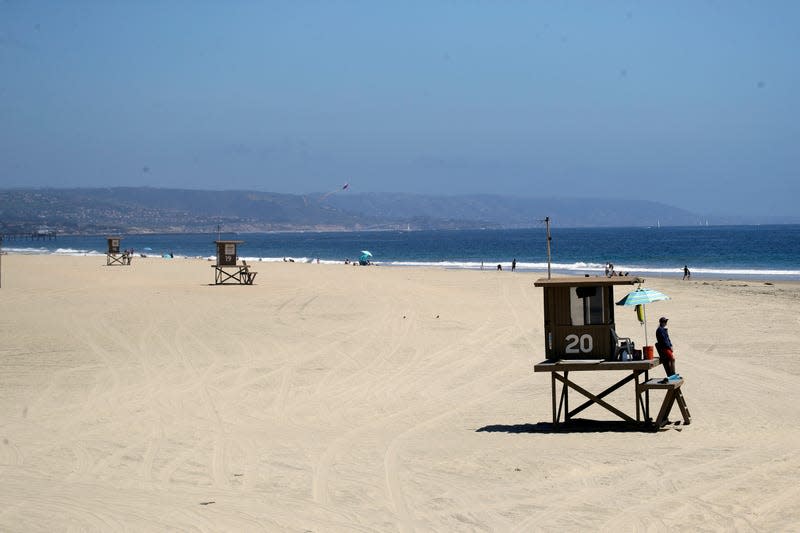
Earlier this month, South Carolina resident Brent Norman had an especially unlucky time at the beach.
As reported by local outlet ABCNews4 last week, Norman stepped and cut his foot on several seashells while taking a barefoot walk on the sand. Within a week’s time, his injured foot had gotten so swollen and painful that he could no longer walk on it. Norman then saw doctors, who reportedly diagnosed him with a nasty case of Vibrio infection that he likely caught from the seashells—bacteria that can potentially cause flesh-eating disease. Luckily, the infection appears to have been caught in time and Norman was given a two-week course of antibiotic treatment. He fully expects to return to his usual beach routine once his foot fully heals up.
Though Norman’s case might be strange in terms of how he got sick, lakeside and coastal beaches are unfortunately home to all sorts of weird and horrifying infectious diseases. Here’s a rundown of some of the worst offenders.
MRSA
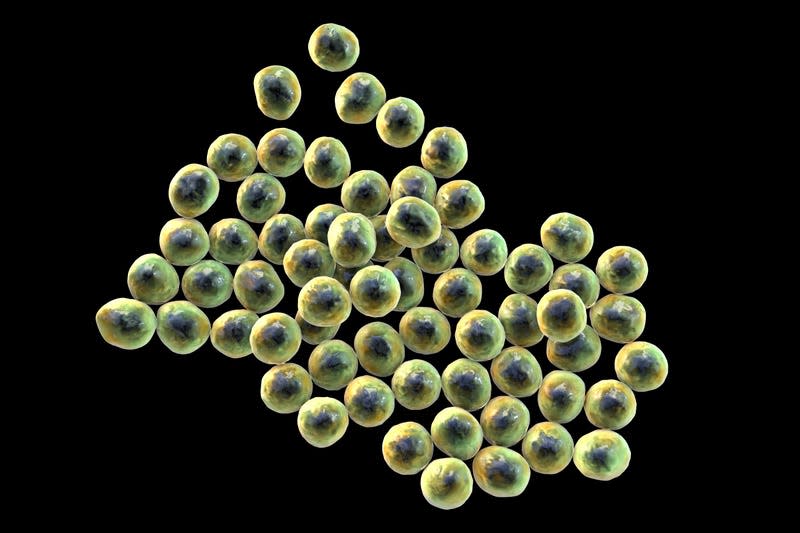
MRSA is short for methicillin-resistant Staphylococcus aureus. MRSA bugs are resistant to multiple antibiotics, not just one, making them a dangerous and potentially life-threatening germ; they pose a significant risk in hospitals, nursing homes, jails, and other environments where people are particularly vulnerable to infections. In recent years, several studies have found that these bacteria can also end up in the sands and waters of both marine and lake environments.
E. Coli
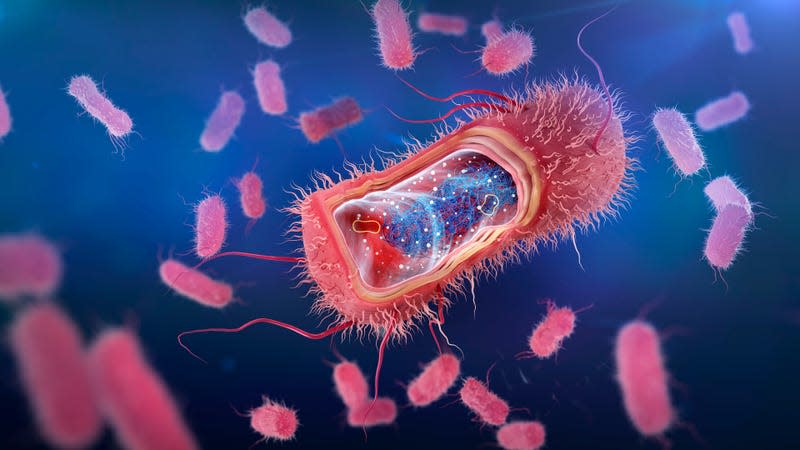
While many strains of Escherichia coli are harmless or even helpful members of our gut microbiome, others can cause nasty gastrointestinal or unitary tract infections. Harmful E. coli often reach us through the food we eat, but they’ve also been found in freshwater lakes and beaches, likely as a result of improper runoff from sewer treatment sites or flood storms.
Hookworms
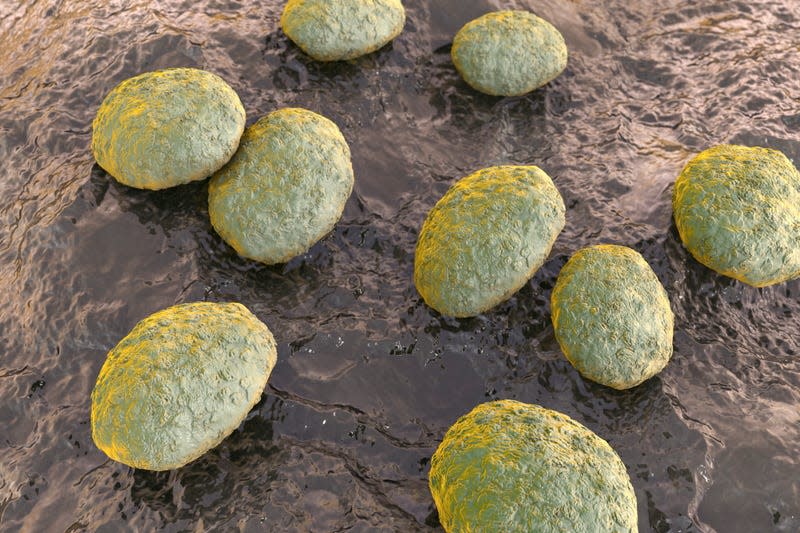
It’s not just seashells that you have to worry about stepping on—the sand itself can be full of creepy crawlies, such as the parasitic nematodes known as hookworms. There are hookworm species that primarily infect humans, but beach borne infections typically involve hookworms that prey on dogs and cats. People can get infected by walking on sand contaminated by the larvae pooped out by our pets. The worms can then burrow into the top layer of our skin, often causing severe itchiness and distinctive rashes. Thankfully, they tend to stay there and die within weeks, though some cases can lead to more serious illness when the worms migrate further into our bodies.
Legionella
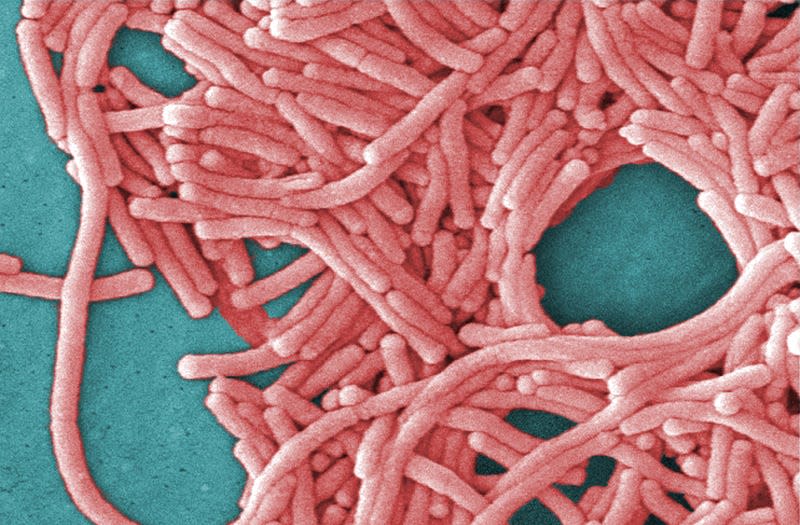
The facilities surrounding a beach can expose us to dangerous germs too, such as Legionella bacteria. A 2007 study found these bacteria in one out of every five samples taken from beach shower stops in Italy; other studies have found these bacteria commonly contaminating other types of showers at recreational water facilities. Legionella bacteria are known for causing Legionaries’ disease, a potentially severe form of pneumonia, but they can also cause the milder flu-like Pontiac fever.
Giardia
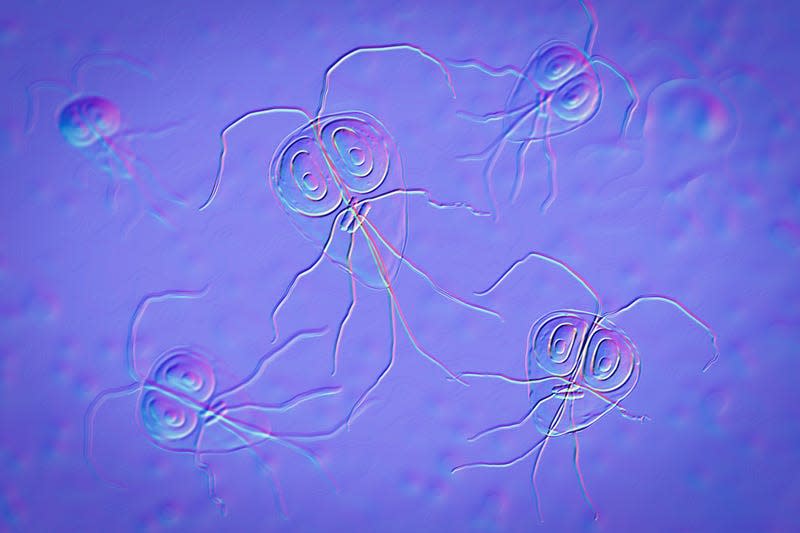
Giardia are tiny but hardy parasites that typically cause a nasty bout of diarrhea. Though they’re often encountered in freshwater sources such as lakes or from contact with another person’s or animal’s infected poop, they’ve been known to contaminate tropical beaches thanks to nearby sewage pollution.
Ascaris
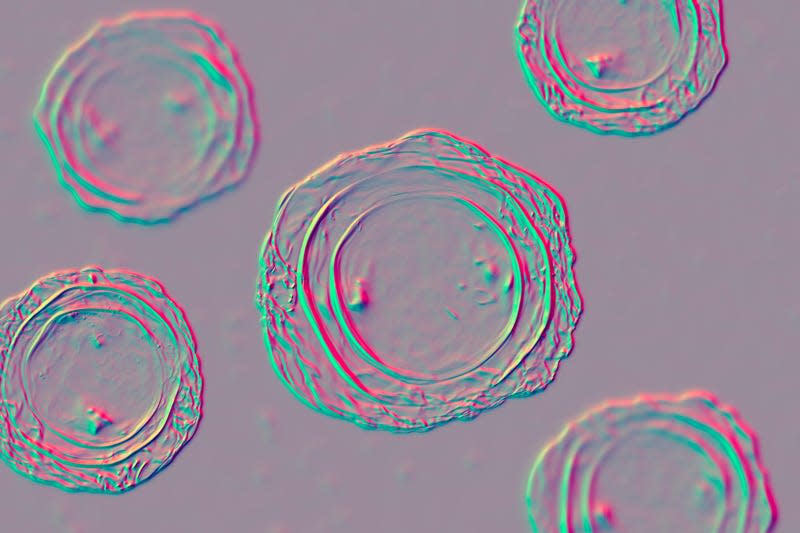
These guys are another type of roundworm you can catch from the beach or the soil more generally. Ascaris infections are actually the most common soil-transmitted parasites in humans, with up to a billion people worldwide currently thought to carry them. People will usually catch these worms from ingesting or touching soil or water contaminated by another person’s infected feces. Thankfully, Ascaris infections are relatively uncommon in the U.S.
Norovirus
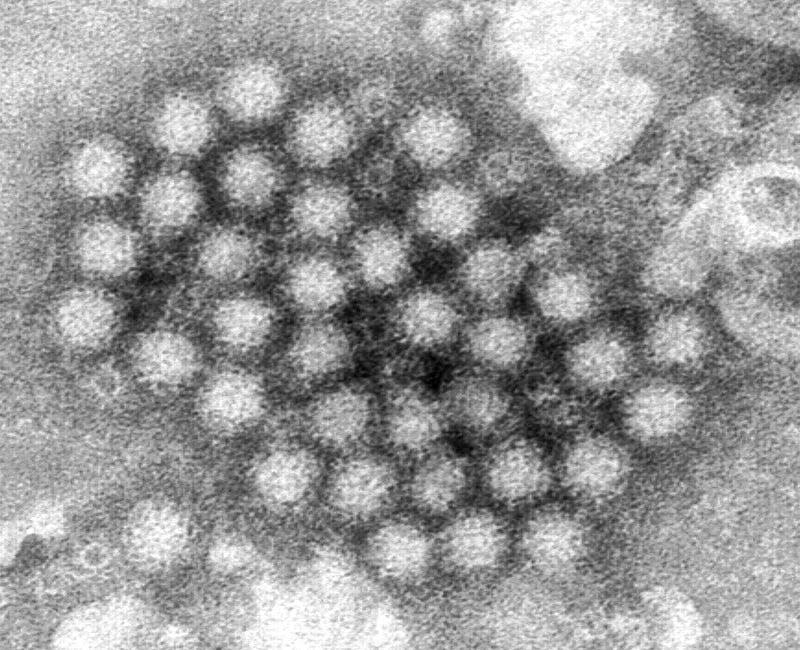
Norovirus is the most common stomach bug around, causing about half of all known foodborne infections annually. But while the virus can be easily caught from someone else—either from direct contact or from being exposed to their poop or vomit—it has also been detected in the waters of tropical beaches, likely originating from sewage contamination.
Vibrio
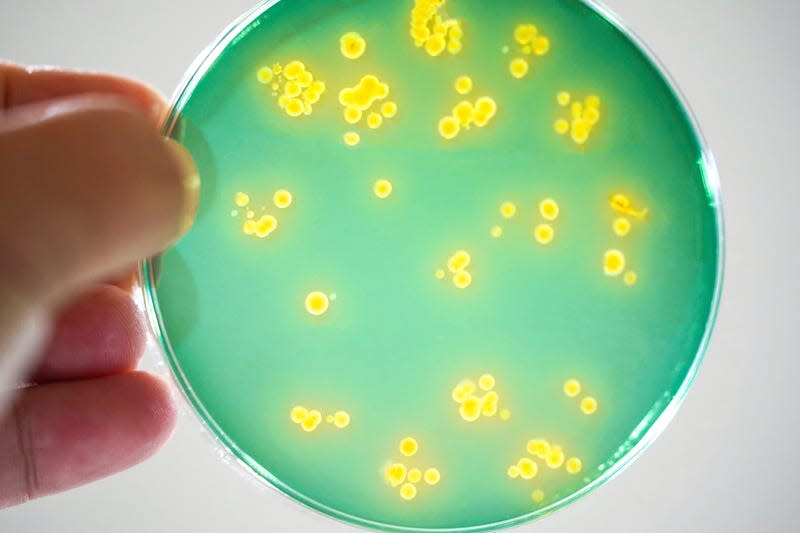
The reported cause of Brent Norman’s gnarly foot infection, there are actually many different types of Vibrio bacteria that live in seawater, only some of which can make humans sick. V. cholerae is the namesake and cause of cholera, while V. vulnificus is known to rarely cause flesh-eating infections when the bacteria are introduced into the body via an open wound. The label is a misnomer, since the bacteria aren’t actually eating us alive, but these infections can certainly be fatal or cause amputation if not caught and treated early enough.

